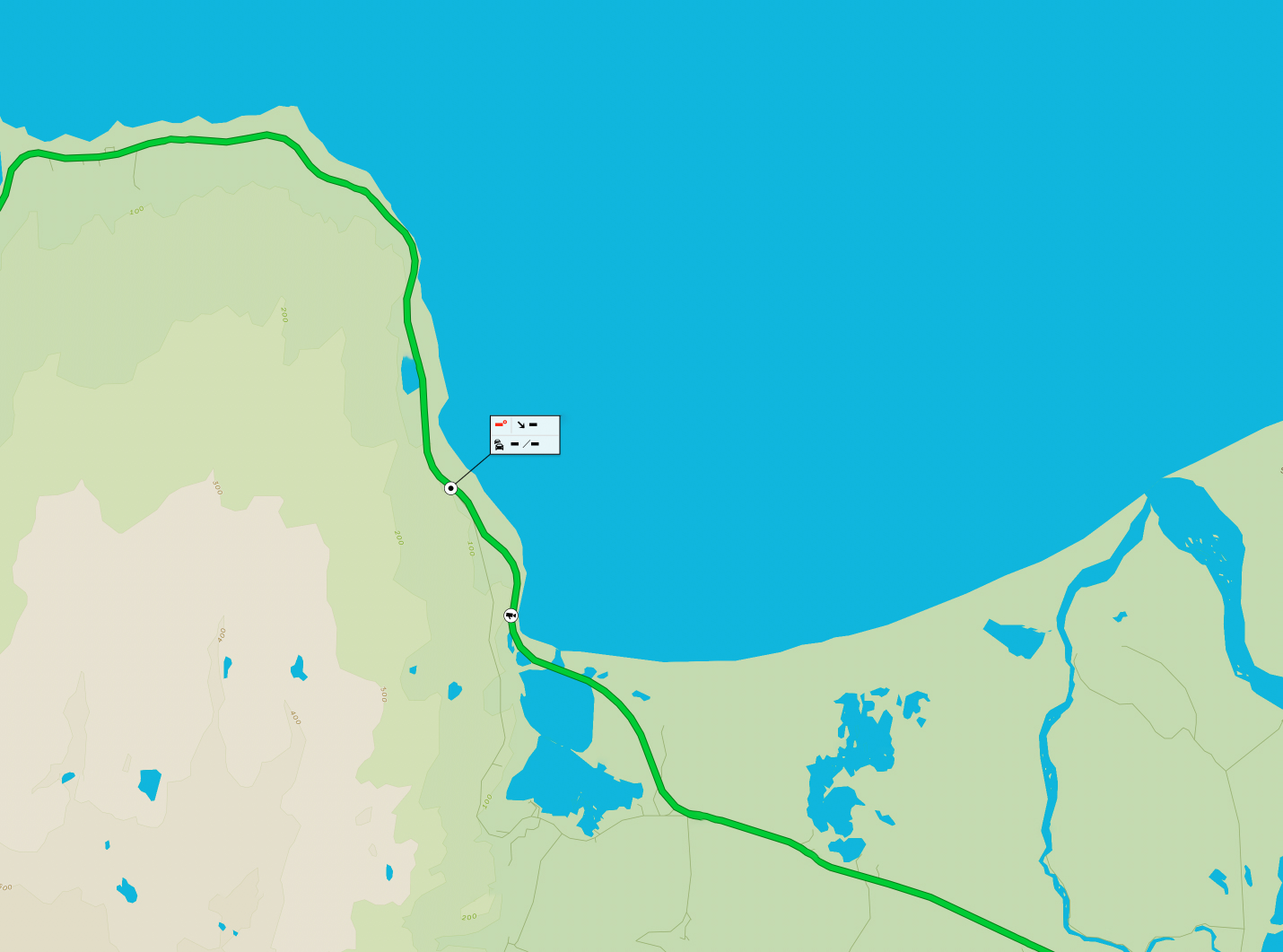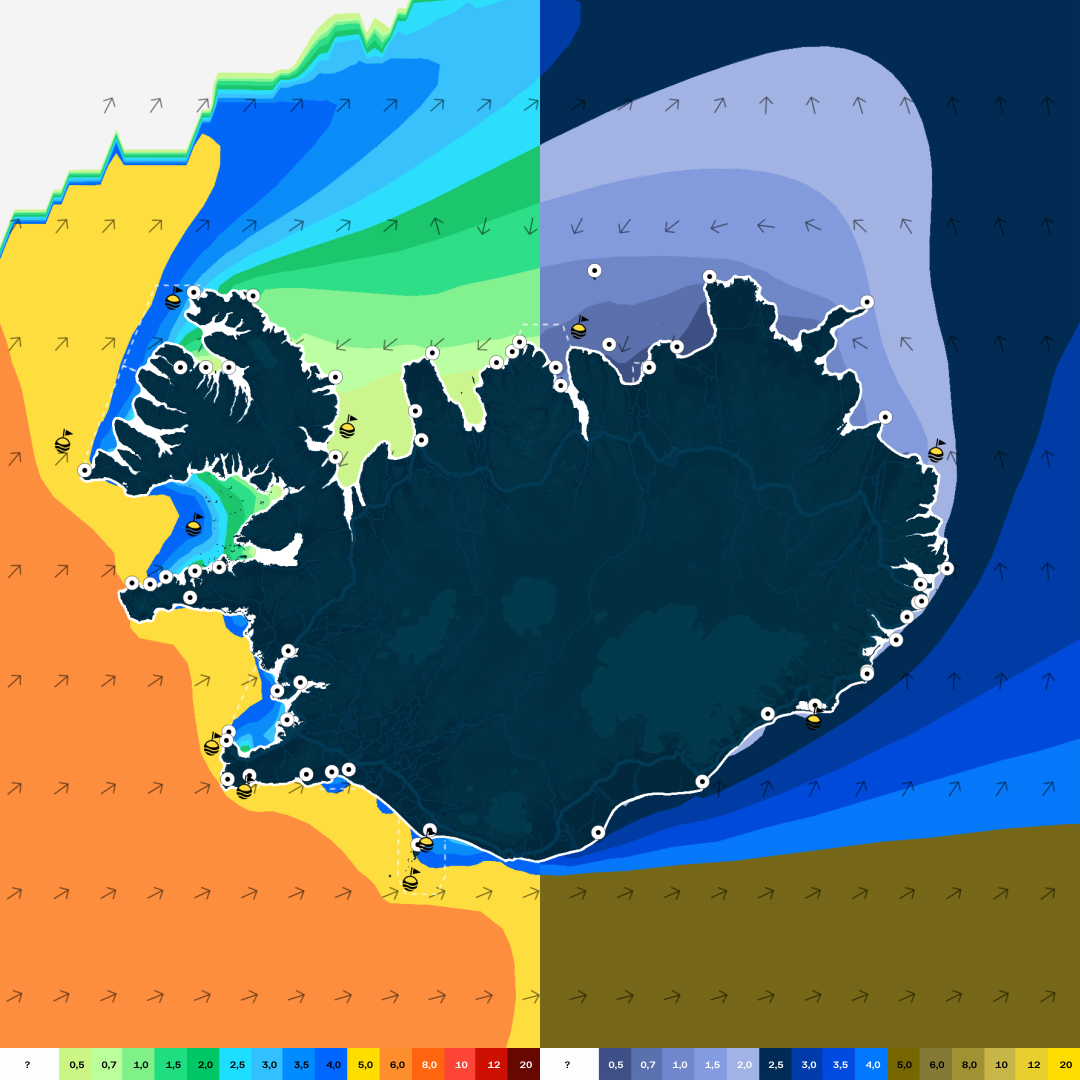PDF · apríl 2012Áhrif eldgossins í Eyjafjallajökli á íbúa
Abstract While the disruption to international air travel caused by the eruption of Iceland's Eyjafjallajökull volcano in 2010 has been well documented, the significant social
impacts on local residents from ash fall to the south and east of the crater are less well-known. These impacts and attitudes of impacted residents and emergency managers are the foci of our present study. Prior to and during the eruption, officials worked to protect the local population from the glacial outburst floods (jökulhlaup) that were of primary concern. The success of these endeavours can in part be attributed to a regional evacuation exercise held in March 2006, an exercise that was carried out with respect to a possible eruption at another volcano, Katla, that is located 25 km to the east of Eyjafjallajökull. Eruptions at either volcano will impact the same communities. Our study here concentrates on Álftaver, a small farming community, located approximately 60 km east-southeast of Eyjafjallajökull and 30 km southeast of Katla. Álftaver has been the subject of longitudinal studies carried out in 2004, 2006, and 2008; these studies highlighted the difficulties that emergency managers face in developing appropriate response strategies acceptable to vulnerable communities. The 2010 Eyjafjallajökull eruptions presented an opportunity to re-assess residents' attitudes and behaviour in relation to volcanic risk management in the wake of their firsthand experiences with volcanic hazards. To achieve this, interviews were conducted with residents and emergency management officials and a questionnaire was distributed to residents. This paper presents the results of this survey and
examines changes in attitudes towards volcanic risk management. It was apparent that the experience of ash fall from Eyjafjallajökull provided a better perspective of what could be expected from a Katla eruption and that attitudes towards emergency management had evolved accordingly. Importantly, officials' perceptions of risk are now more aligned with those of residents and both recognise the need for more detailed and concise information regarding the impacts of ash fall during and following volcanic eruptions.














Residents’ attitudes and behaviour before and after the 2010 Eyjafjallajökull eruptions – a case study from southern Iceland